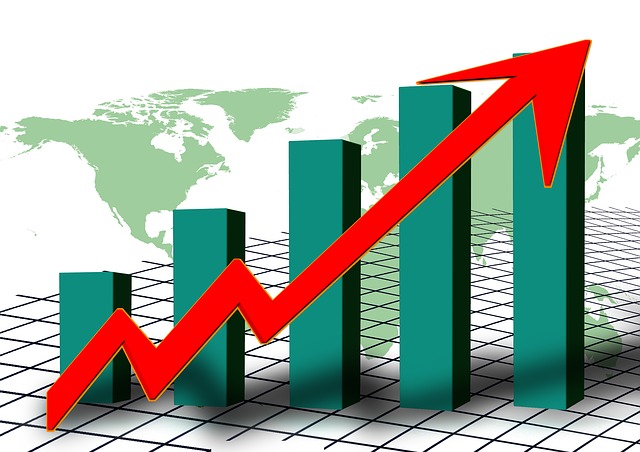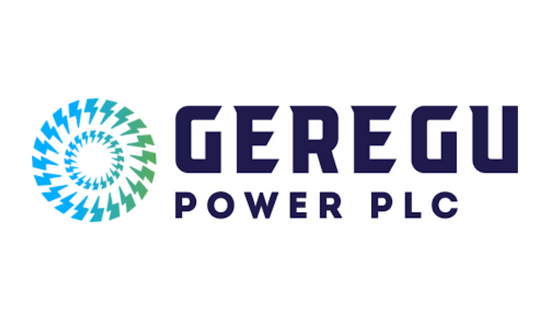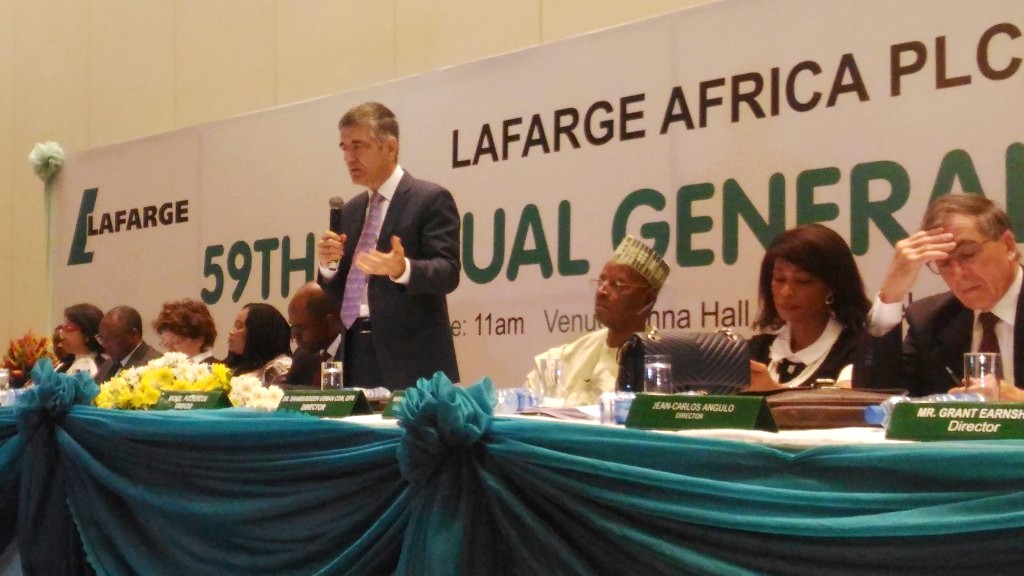The recently released inflation report by the Ghana Statistical Services (GSS), headline inflation maintained its uptrend for the tenth consecutive month, rising by 363bps to 19.36% y/y in March (February: 15.73% y/y) – the highest print since August 2009 (19.65% y/y). The sustained inflationary pressure was driven by a plethora of factors, including (1) higher fuel prices, (2) lingering currency pressure, and (3) shortages in the food supply. On a month-on-month basis, the consumer prices rose by 4.02% (February: 2.36% m/m) – the highest since January 2016 (4.59% y/y).
The prices of food increased by 4.54% m/m (February: 3.23% m/m) in line with the pass-through impact of (1) global shortfall in food supply exacerbated by the Russia-Ukraine conflict and (2) higher transportation fares. Accordingly, the pressure was most significant in the prices of Cereals, Meat, Vegetables, Milk and other dairy products, and Tea. On a year-on-year basis, food prices surged by 5.07ppts to 22.43% in March (February: 17.36% y/y).
Elsewhere, the non-food inflation rose by 199bps to 3.66% m/m (February: 1.66% m/m). The increase was primarily driven by the transportation (+703bps to 8.51% m/m), clothing & footwear (+102bps to 2.73% m/m), utilities (+42bps to 1.68% m/m), and recreation & entertainment services (+214bps to 4.06% m/m) sub-baskets. Notably, we highlight that fuel prices (GHS9.72/litre as of 31st March vs 1st January: GHS6.30/litre) rose by 54.3% in Q1-22 consistent with the rally in crude oil prices (39.7% YTD as of 31st March) amid the persistent currency depreciation (15.6% YTD as of 31st March). On a year-on-year basis, non-food inflation surged by 256bps to 17.03% y/y (February: 14.47% y/y), with the most pressure seen in the transportation (27.58% y/y vs February: 18.29% y/y) and clothing & footwear (12.23% y/y vs February: 9.51% y/y) sub-baskets.
In the short term, we expect food prices to remain elevated as the lingering Russia-Ukraine conflict combines with the low domestic food supply to widen the food demand-supply gap. Thus, we estimate food inflation will increase by 4.99% m/m, translating to 25.66% y/y in April. Although the government announced a 1.6% (or 15 pesewas) reduction in fuel prices per litre effective 1st April to be in place for three months, we highlight that the effect has not been significant. Precisely, fuel prices have risen by 7.9% m/m to GHS10.49/litre as of 11th April. Consequently, we expect the impact of higher transport fares to continue to be felt in April in addition to persistent pressure on the domestic currency. Therefore, we look for a 2.37% m/m reading in the non-food basket, translating to 18.67% y/y.
Overall, we forecast a 3.50% m/m increase in headline inflation in April, cascading to a y/y reading of 21.67%.









